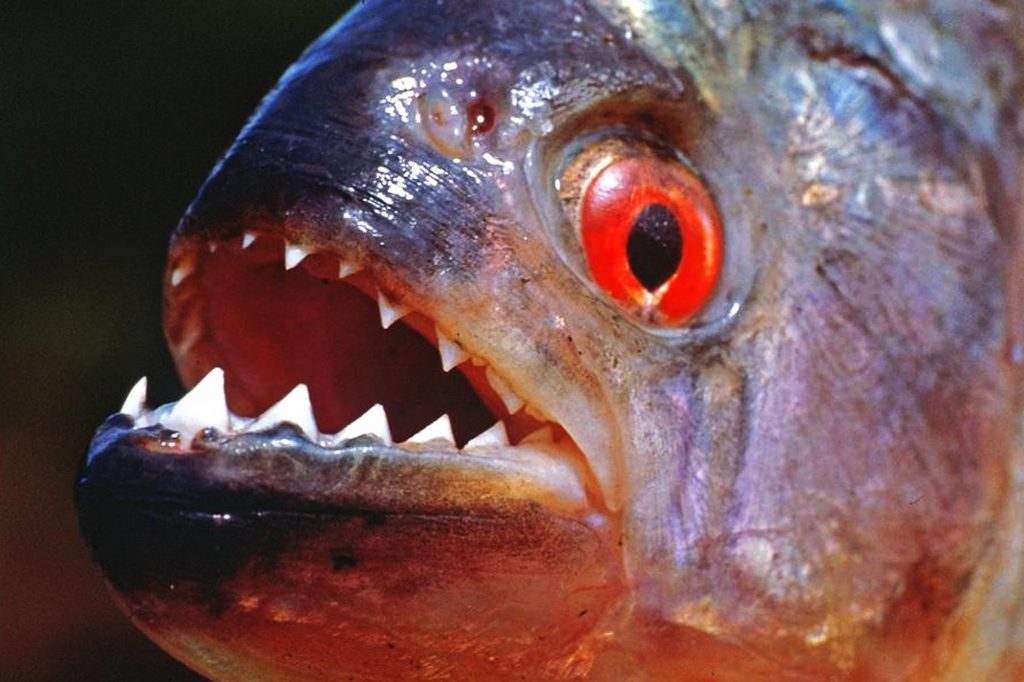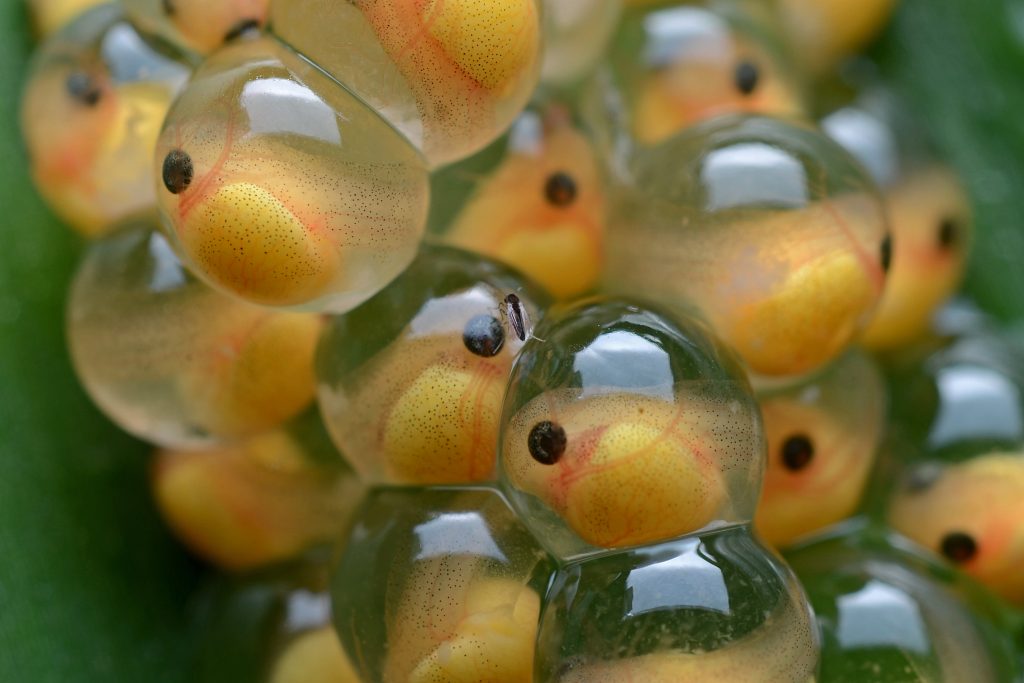Fish are aquatic vertebrates generally ectothermic (regulating their temperature from the environment) and their main feature is that they breathe through gills; these extract dissolved oxygen from the water and transfer carbon dioxide back into it.
There are saltwater fish such as the damselfish, clownfish, frogfish, surgeonfish, among others; and freshwater or tropical fish such as the betta fish, killifish, carp, among others. They have the ability to live in rivers, oceans, seas, lakes, and in all kinds of climates.
Characteristics
There are more than 21,000 species of fish, making them the largest group of vertebrates on the entire planet. 40% of them inhabit freshwater, while the rest live in the seas; although there are some species capable of moving between both environments.
Their body is adapted to marine life, with a laterally flattened (fusiform) body that gives them great hydrodynamic capacity. Their fins allow them to move in the water. They lack eyelids as they are not useful for these animals.
They do not have external sexual organs; generally, they are found inside their bodies with some exceptions.
They have highly developed sensory organs that allow them to detect vibrations, warning them of the presence of predators. Their brain is small compared to their body (in most species).
They have scales covering their entire body, although exceptions always exist.
What do fish eat?
It depends, the great variety of these aquatic animals also means a huge variety in their diet. We can classify them into groups:
Carnivores:
These feed on other types of fish. The vast majority have sharp teeth. Each one has its way of hunting prey. In this group we can mention the lionfish, sharks, piranhas, discus fish, catfish, goliath tiger fish, among others.
Herbivores:
They feed on plants, such as algae. Unlike carnivores, these have a long intestine and a smaller stomach volume. Otocinclus, ancistrus, and plecostomus are some of those belonging to this group.
Detritivores:
Waste and organic remains of other fish are their food, an example being the cories.
Omnivores:
These can eat any type of food, whether vegetable or animal. It is believed that these animals have not developed a particular diet, so they can digest any type of food. Some examples of this group are: Common carp, corydoras catfish, clownfish, piranha, cod, among others.
Fish Reproduction
There are three types: viviparous, oviparous, and ovoviviparous.
Viviparous
The embryo develops completely within the mother’s body. They receive food and oxygen directly from physiological sources coming from the mother’s blood.
Ovoviviparous
They retain the eggs inside the mother, which are released from her body just at the time of hatching. This way they can protect their offspring from predators. Guppies, molly fish, velifera, among others belong to this class.
Oviparous
They lay their eggs outside and fertilization is external, an example being the betta fish.
Curiosities about fish
Some have a very interesting defense system, such as the pufferfish, which inflates its body and deploys a system of spikes that repel predators.
The sailfish is the fastest of all, capable of swimming at 110 km/h, 12 times faster (approximately) than what a human can swim (8 or 9 km/h).
The betta fish can build a nest of bubbles with its own saliva to house its offspring.
The green, yellow, golden, and other really bright colors that fish possess are due to the presence of special cells in their body and the concentration of pigments.
How do fish breathe?
They have gills that extract dissolved oxygen from the water and transfer carbon dioxide, similar to the human respiratory system, except they do it underwater with gills, while humans do it with air and lungs. But there are exceptions in which there are fish with lungs; these necessarily need to come to the surface to breathe.
¿Los peces duermen?
Do fish sleep?
To clarify doubts, yes, these vertebrates need to sleep just like humans do. It is generally mistaken to say that fish do not sleep because they do not have eyelids, but this is false.
Each fish has its way of sleeping, some place their lower fin on the seabed and use it as an anchor to avoid being dragged by the current, others, like the goatfish, make strange noises to scare away their predators.



